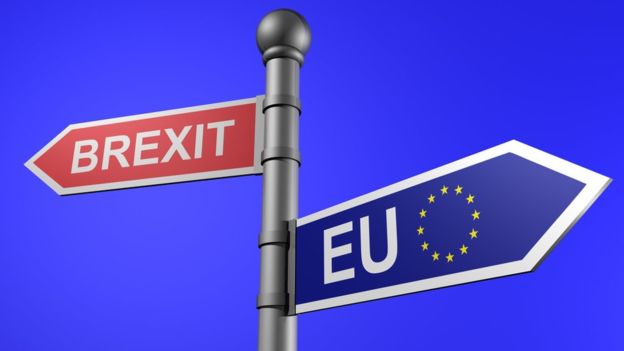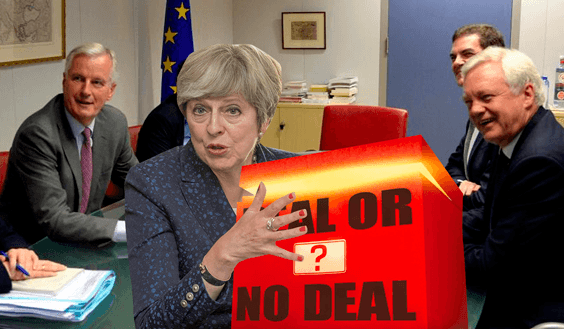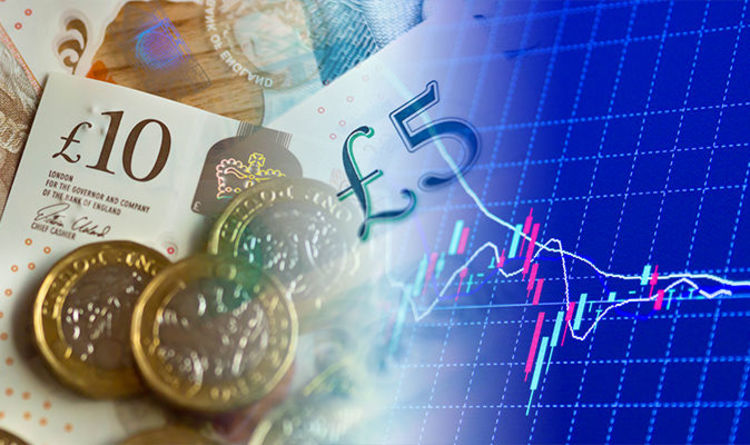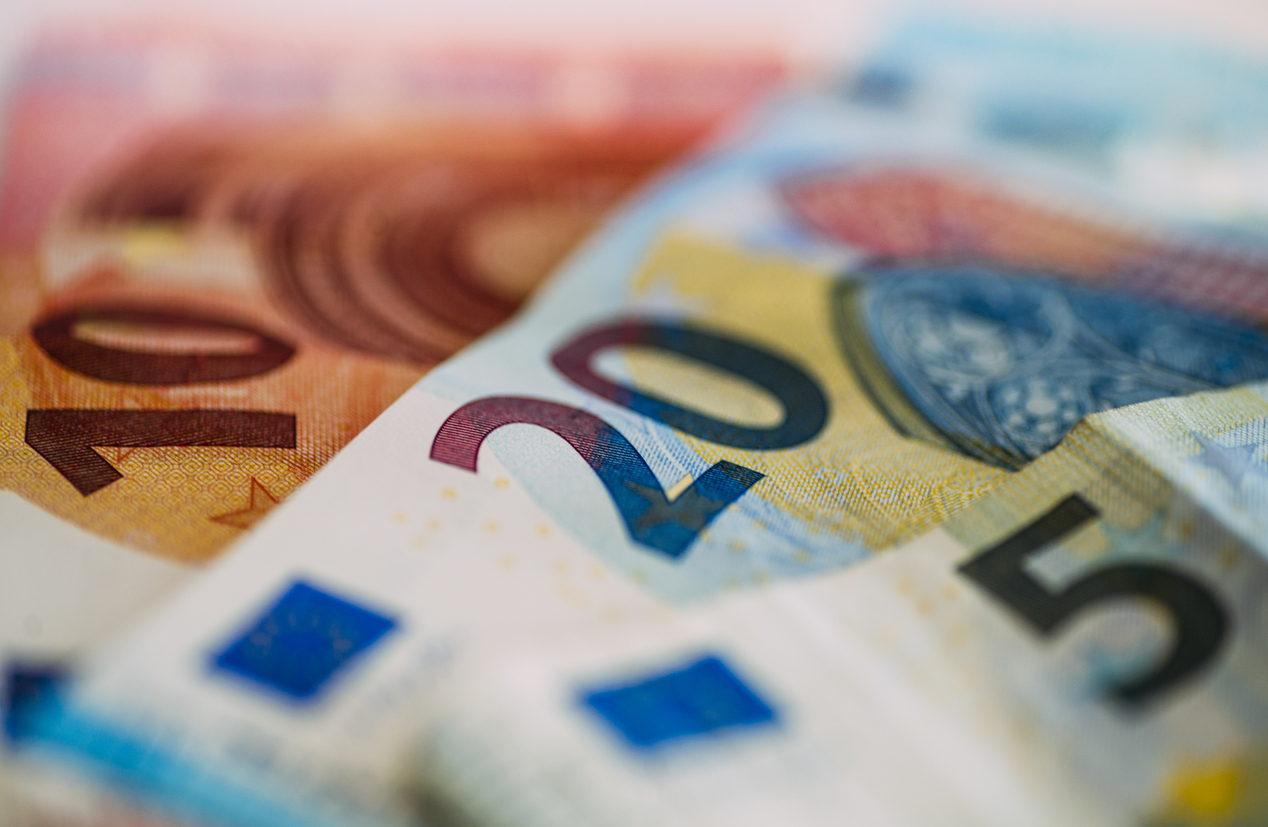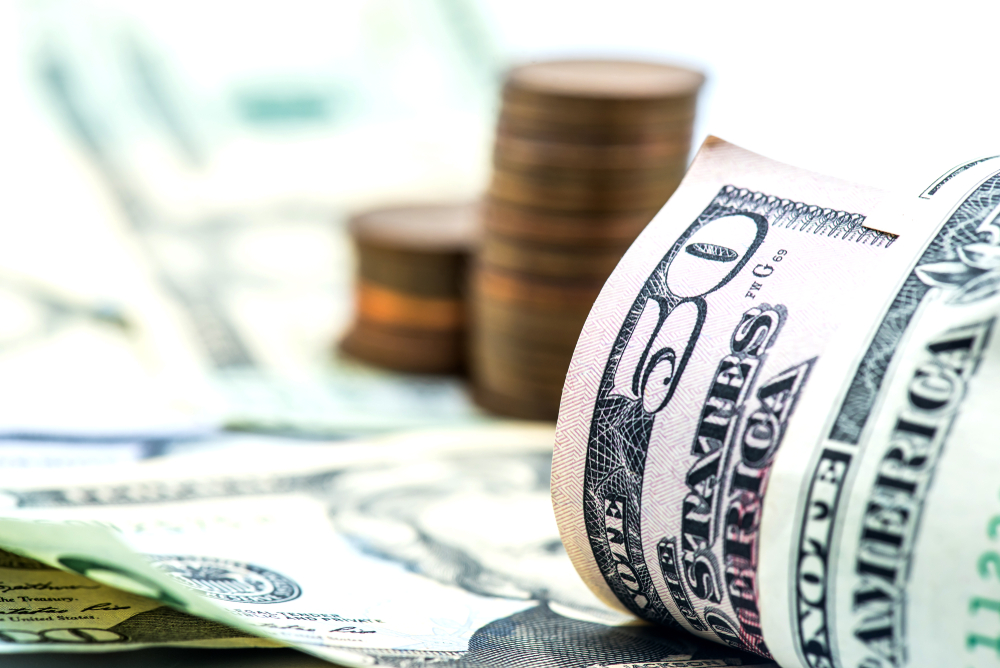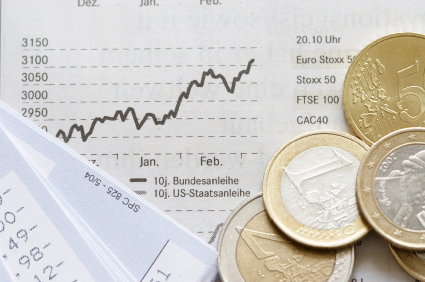The recent regional election results in Bavaria were a disaster for the Christian Social Union party, who experienced their worst result since 1954. The Social Democrats didn’t fare too well either, with their vote halved and the party coming in below the far-right Alternative for Germany. Surprising as the results were, it is the latest in a long line of populist parties across Europe receiving levels of support not seen for some time.
As the eurozone’s third-largest economy, Italy’s situation is arguably the biggest threat to Europe, with the rise of anti-immigrant party Lega.Lega’s leader, Matteo Salvini, has already clashed with Brussels over Italy’s budget plans and his anti-immigration policies, but support for him and his party has almost doubled since the elections in March.Perhaps most worrying of all is the fact that Salvini has joined forces with Steve Bannon in an attempt to spread his politics across Europe.
In France, the far-right threat has diminished for now, with Emmanuel Macron emerging victorious in the French presidential elections.However, it would be remiss to forget that Marine Le Pen and her Front National party captured 21.3% of the vote in the first round. At the head-to-head stage, Le Pen secured 33.9% which equates to 10.6 million votes.
Hungary should get a mention, as they already have a far-right leader in power. Prime Minister Viktor Orban has systematically undermined judicial independence in the country over the past few years, and has also limited the freedom of the press. The rise of the far-right is not something that is likely to go away soon and the threat these parties pose to the EU as a whole could have significant repercussions in the not-too-distant future.
Italian budget: Towards the end of September, Italy’s decision to increase public spending despite being in mountains of debt risked the ire of Brussels. Italian markets suffered heavy losses as a result of the government’s decision to agree a 2019 budget deficit target at 2.4% of GDP. However, less than a week later, the markets staged a recovery as Italy backed down in its row. It appeared that all might be well. Then, the European Commission President, Jean-Claude Juncker, hinted that Brussels will reject Italy’s plans. Juncker said that there was a gap between what Rome has promised and what it presented to Brussels. The outlook does not look good at present and there could be some fireworks to come.
Eurozone economy: In September, we learned that the eurozone’s economy was slowing slightly, with GDP increasing at an annualised rate of 1.5% in the second quarter of 2018. It was the second successive quarter that trade fears have weighed heavily on economic growth and we might not yet have seen the full effects. In 2017, trade was a vital part of the eurozone’s economic recovery, so it follows that any traderelated issues were always going to have a significant impact on growth. Business confidence has been affected in Germany and across the eurozone, and it will be interesting to see what the GDP figures for the third quarter of 2018 are.
Brexit: Given that we reside in the UK, it is understandable that the headlines are dominated by the impact of Brexit on our economy. However, if there was a no-deal Brexit (which is looking increasingly likely), countries in the EU would certainly be affected too. If Britain ends up adopting WTO rules, then growth across Europe would almost certainly fall and, while the UK would be affected the most, there would be economic pain across Europe. The next few months are important for both sides of the negotiating table.


